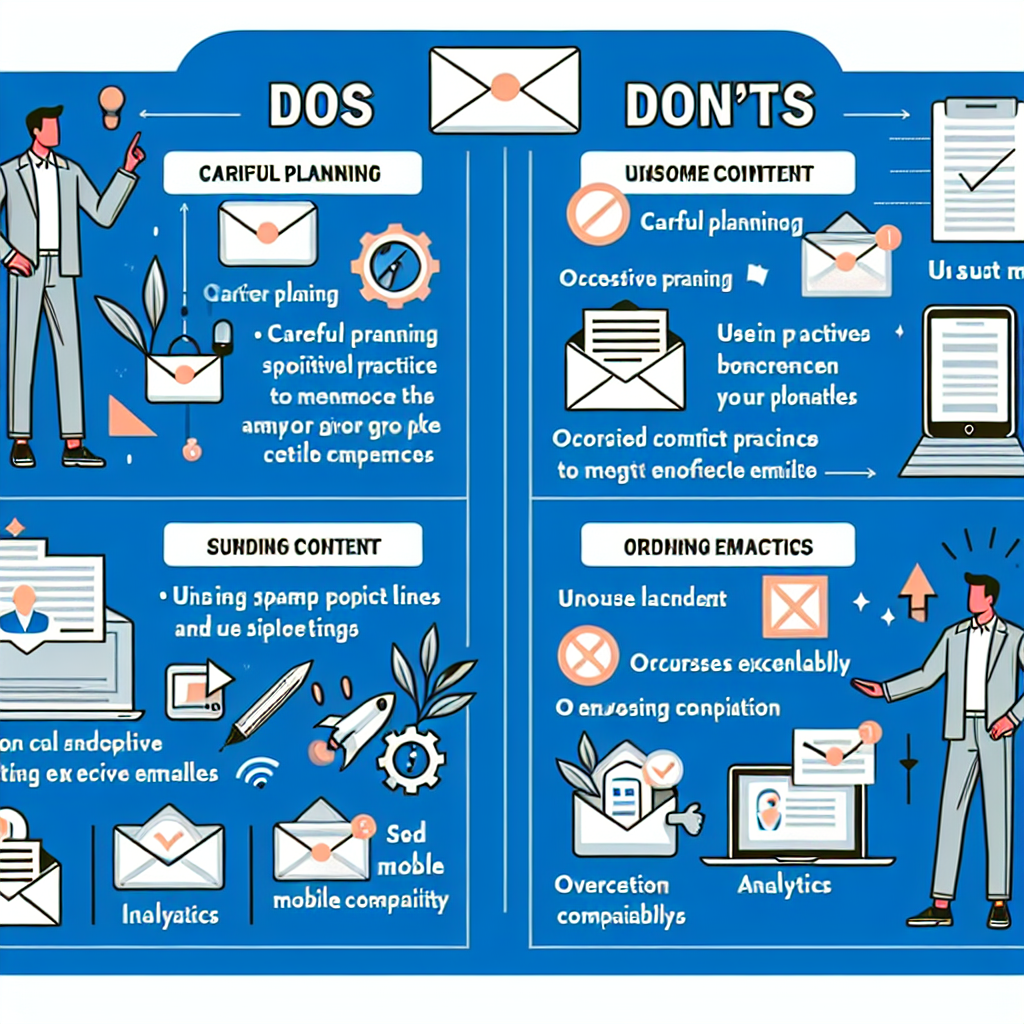A/B Testing Your Emails: A Comprehensive Guide
In today’s digital marketing landscape, email remains a powerful tool for engaging with your audience and driving conversions. However, simply sending out emails isn’t enough. To truly maximize your email marketing efforts, you need to understand what works and what doesn’t. This is where A/B testing comes in. In this comprehensive guide, we’ll explore the ins and outs of A/B testing your emails, providing you with actionable tips and insights to improve your email campaigns.
What is A/B Testing?
A/B testing, also known as split testing, is a method of comparing two versions of an email to determine which one performs better. By sending variant A to one segment of your audience and variant B to another, you can analyze the results and identify which version was more effective in achieving your desired outcome, whether it’s open rates, click-through rates, or conversions.
Why A/B Testing is Crucial for Email Marketing
According to Campaign Monitor, marketers who use A/B testing for their emails see a 20% higher conversion rate than those who don’t. Here are some key reasons why A/B testing is essential:
- Data-Driven Decisions: A/B testing allows you to make decisions based on actual data rather than assumptions.
- Improved Engagement: By testing different elements, you can discover what resonates most with your audience, thereby increasing engagement.
- Higher ROI: Optimizing your emails through A/B testing can lead to better performance and increased return on investment.
Key Elements to Test in Your Emails
There are numerous elements you can test in your email campaigns. Here are some of the most impactful ones:
Subject Lines
Your subject line is the first thing your audience sees, and it greatly influences open rates. Try testing different lengths, tones, and use of emojis or special characters.
Call to Action (CTA)
The CTA is crucial for driving conversions. Test different wording, colors, and placements to see which version generates more clicks.
Email Content
Experiment with different types of content such as text, images, and videos to see which format keeps your audience engaged.
Send Times
Timing can significantly impact your email’s performance. Test different days of the week and times of the day to find the optimal send time for your audience.
Setting Up Your A/B Test
Setting up an A/B test involves several steps. Here’s a step-by-step guide to get you started:
Define Your Objective
Before you start, it’s essential to define what you want to achieve with your A/B test. Are you looking to increase open rates, click-through rates, or conversions? Having a clear objective will help you measure the success of your test.
Create Your Variants
Based on your objective, create two versions of your email. For example, if you’re testing subject lines, come up with two different subject lines that you think will perform well.
Segment Your Audience
Divide your audience into two segments that are as equal as possible. This ensures that the results of your test are reliable and not skewed by varying audience characteristics.
Distribute Your Emails
Send variant A to one segment and variant B to the other. Make sure to keep all other variables constant to ensure a fair test.
Analyze the Results
After your emails have been sent and enough time has passed, analyze the results to see which variant performed better. Look at the metrics that align with your objective, such as open rates, click-through rates, or conversions.
Best Practices for A/B Testing Your Emails
To get the most out of your A/B testing efforts, keep these best practices in mind:
Test One Element at a Time
To accurately determine what caused a change in performance, test only one element at a time. Testing multiple elements can make it difficult to identify which change led to the improved results.
Use a Large Enough Sample Size
Ensure that your audience segments are large enough to provide statistically significant results. A small sample size can lead to inaccurate conclusions.
Run Tests for a Sufficient Duration
Give your test enough time to gather data. Running a test for too short a period can result in misleading data due to timing anomalies or outliers.
Keep Detailed Records
Document your tests, including the objective, variants, audience segments, and results. This will help you track your progress and identify patterns over time.
Real-World Examples of Successful A/B Testing
To illustrate the power of A/B testing, let’s look at some real-world examples:
Example 1: HubSpot’s Subject Line Test
HubSpot conducted an A/B test on their email subject lines. They tested a generic subject line against a personalized one that included the recipient’s name. The personalized subject line resulted in a 17% higher open rate, demonstrating the impact of personalization.
Example 2: Groove’s CTA Button Test
Groove, a customer support software company, tested two different CTA button colors in their emails. The green button outperformed the orange button by 21%, showing that even small changes can have a significant impact.
Conclusion
A/B testing your emails is a powerful strategy for optimizing your email marketing campaigns. By systematically testing different elements and analyzing the results, you can make data-driven decisions that lead to improved engagement and higher conversions. Remember to follow best practices, keep your tests focused, and document your findings. With consistent effort and attention to detail, A/B testing can significantly enhance your email marketing success.
Ready to start A/B testing your emails? Implement the tips and strategies outlined in this guide, and watch your email performance soar!

